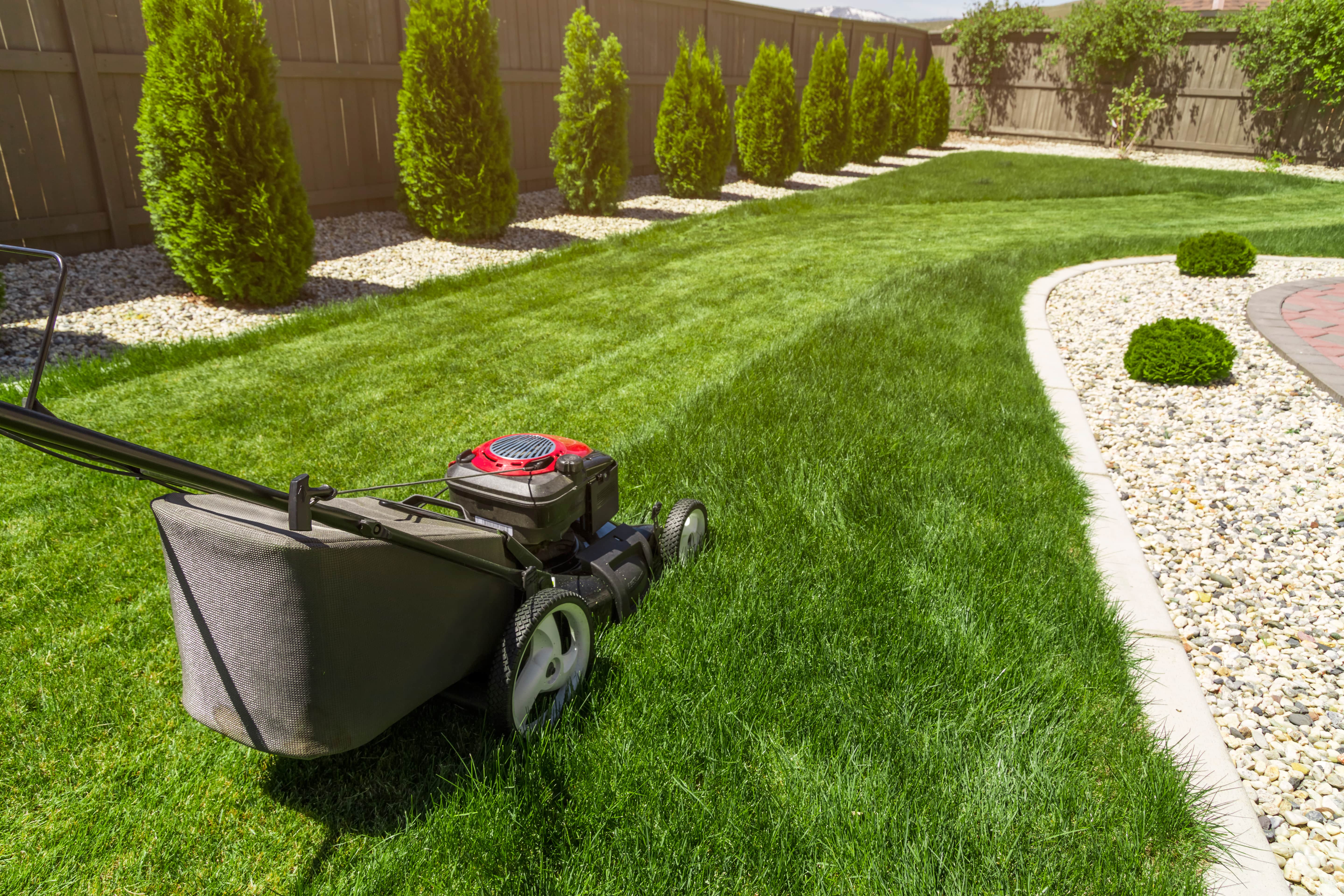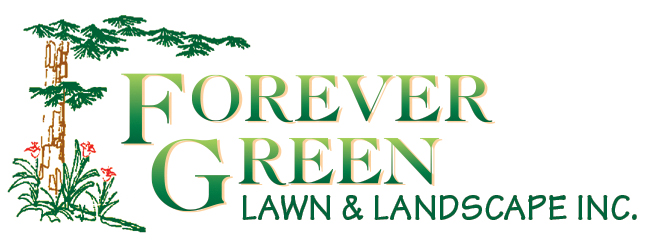With all of the heavy snow falls, bitter cold temperatures, and ground freezing ice formations, winter can do a lot of damage to your lawn. Practicing excellent winter lawn care during the colder months is important to keep your lawn healthy during this time. But now that spring is here, it’s time to shift gears and prepare to take restorative spring lawn care action.
Here are some excellent tips to help you revive your lawn after winter.
Be Patient
Now that the warm weather is finally here, you’re probably bursting at the seams to get out in your yard and do some gardening. Spring is a transitional season between winter and summer, though. That means that while the warm weather has started, the ground temperatures need time to warm up as well. Plus, you may have noticed that there are giant muddy puddles all over your lawn. Before your start any outdoor landscaping project, you need to wait a couple of weeks to allow that excess water to drain so that you can administer effective lawn care.
Remove Snow Mould
After allowing some time for excess water to drain, you need to remove snow mould. Snow mould is those patches of grey cold-season fungus that starts to form on your grass when it’s been buried under snow and ice for too long. Once the snow and ice are fully melted and you’ve given your lawn some time to dry out a little, use a rake to break up the patchy parts of your grass and discard the mould.
Remove Leftover Deicing Agents
Deicing salts contain a lot of toxic chemicals that are harmful to the environment and animals, including household pets. If your driveway is connected to your front lawn, chances are that at least a small portion of the deicing agents you use have made contact with your grass during the winter months. To reverse the damage caused by deicing agents, apply a thin layer of granular or pelletized gypsum and water your lawn thoroughly. This will help condition your grass and remove remaining salt. For future reference, kitty litter or sand are much safer and more environmentally friendly deicing alternatives.
Remove Thatch and Aerate
Thatch is the dead layer of organic matter that’s left on your grass after all the snow and ice melts away. It can prevent much-needed oxygen from penetrating the top layer soil and reaching the grass roots. For that reason, you should remove all of the thatch from your lawn and aerate it to promote proper air flow and nutrient absorption.
Apply Fresh Mulch and Reseed as Needed
Mulch is chock-full of essential vitamins and nutrients that your plants, grass, trees, and shrubs need to be healthy. But a lot of those nutrients can die off or go dormant in the frigid winter months. That’s why it’s important to reapply mulch in late spring/early summer and reseed your grass to reduce the look of brown spots as needed.
FOREVER GREEN LAWN & LANDSCAPE INC. is one of the leading lawn maintenance and lawn care providers in Toronto and the GTA. As a family-owned and operated business, we have nearly 25 years of industry experience and have worked on numerous residential and commercial properties. Book a consultation today!


